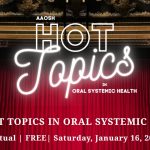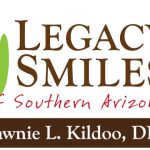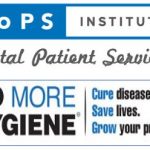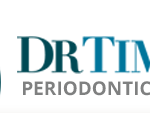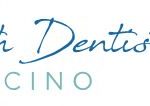
Dr. McGlennen: Tell me how you use OralDNA salivary diagnostics.
Dr. Comfortes: I started utilizing salivary diagnostics in 2013. Since then, my approach has concentrated on total health, which I discuss during every patient consult. Without the use of OralDNA® salivary diagnostics, the total health conversation would be difficult. First, I ask the patient if they understand the importance of the test. Then I address the levels of bacteria and how that is expressed in their gum health. We d...
Read More

